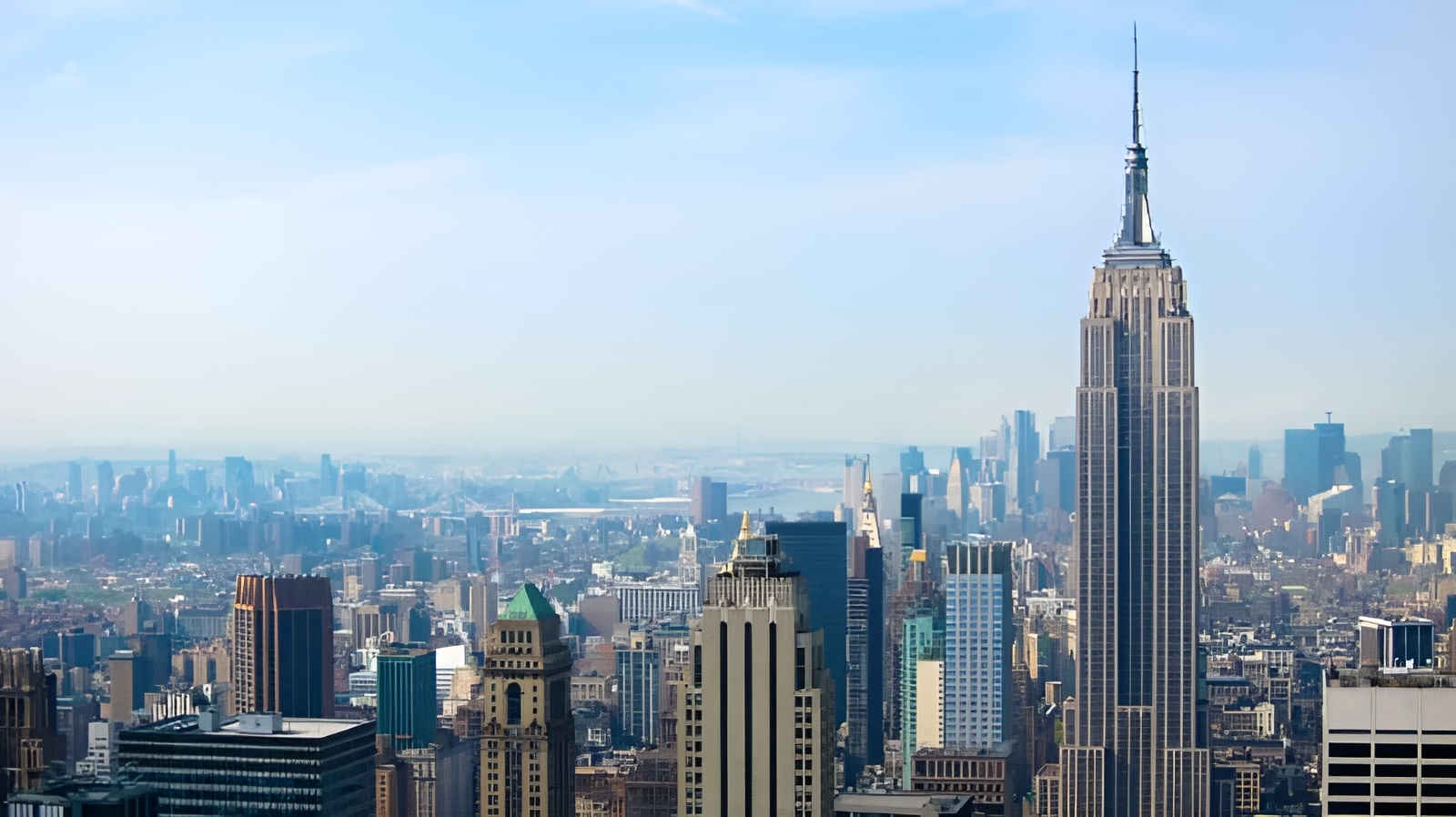The plan outlines energy strategies and initiatives that support a redesigned regulatory and reporting framework; harden existing infrastructure and reconfigure existing networks to strengthen the power supply.
Recommendations include reducing energy demand, improving energy efficiency, implementing smart grid technologies and microgrids, diversifying fuel supplies, and post-emergency restoration.


